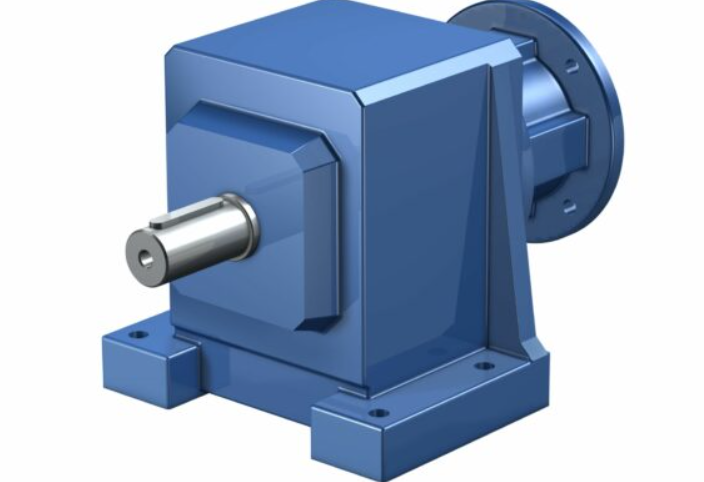Input and Output Shaft Axes of Gearboxes
1. Alignment of Input and Output Shaft Axes
The input and output shaft axes of the gearbox, as well as the axes of the connected parts, must be aligned coaxially. The alignment error must not exceed the permissible limit. For power transmission using V-belts, the pulleys should be processed through machining to reduce unbalanced mass. It is recommended to use high-strength, narrow belts for transmission, as this can reduce vibration and noise, while also improving the lifespan of the system.
2. Lubrication Requirements
After installation, the oil sump inside the gearbox housing must be filled with lubricating oil. The oil level should be maintained between the minimum and maximum marks on the oil dipstick.
3. Initial Testing and Operation
Before the gearbox is formally put into use, manually rotate the system to ensure smooth operation without any sticking. Following this, conduct an idling operation for at least two hours. During this time, the gearbox should run steadily, without any impacts, vibrations, abnormal noise, or oil leakage. Any issues should be promptly addressed and corrected.
4. Oil Replacement and Maintenance
For new robotic gearboxes, after 20 days of operation, the oil should be replaced with fresh lubricant. Moving forward, regular checks of the oil quality should be carried out. Any oil contaminated with impurities or showing signs of aging and deterioration should be replaced immediately. Additionally, it is important to frequently check the oil level. If the oil level drops below the minimum specified height (below the centerline of the oil sight glass), it should be topped up. As a general rule, for gearboxes that operate continuously, oil should be replaced every three months. For gearboxes operating less than 8 hours per day, the oil should be replaced every six months.
5. Overheating and Fault Diagnosis
If the gearbox temperature rises significantly, exceeding 70°C in temperature increase or 100°C in oil temperature, or if there is abnormal noise, the gearbox should be stopped immediately. The cause of the issue should be inspected. If it is due to gear tooth meshing or other related issues, repairs should be carried out and faulty components replaced. After replacing the lubricant, the system can be restarted.

